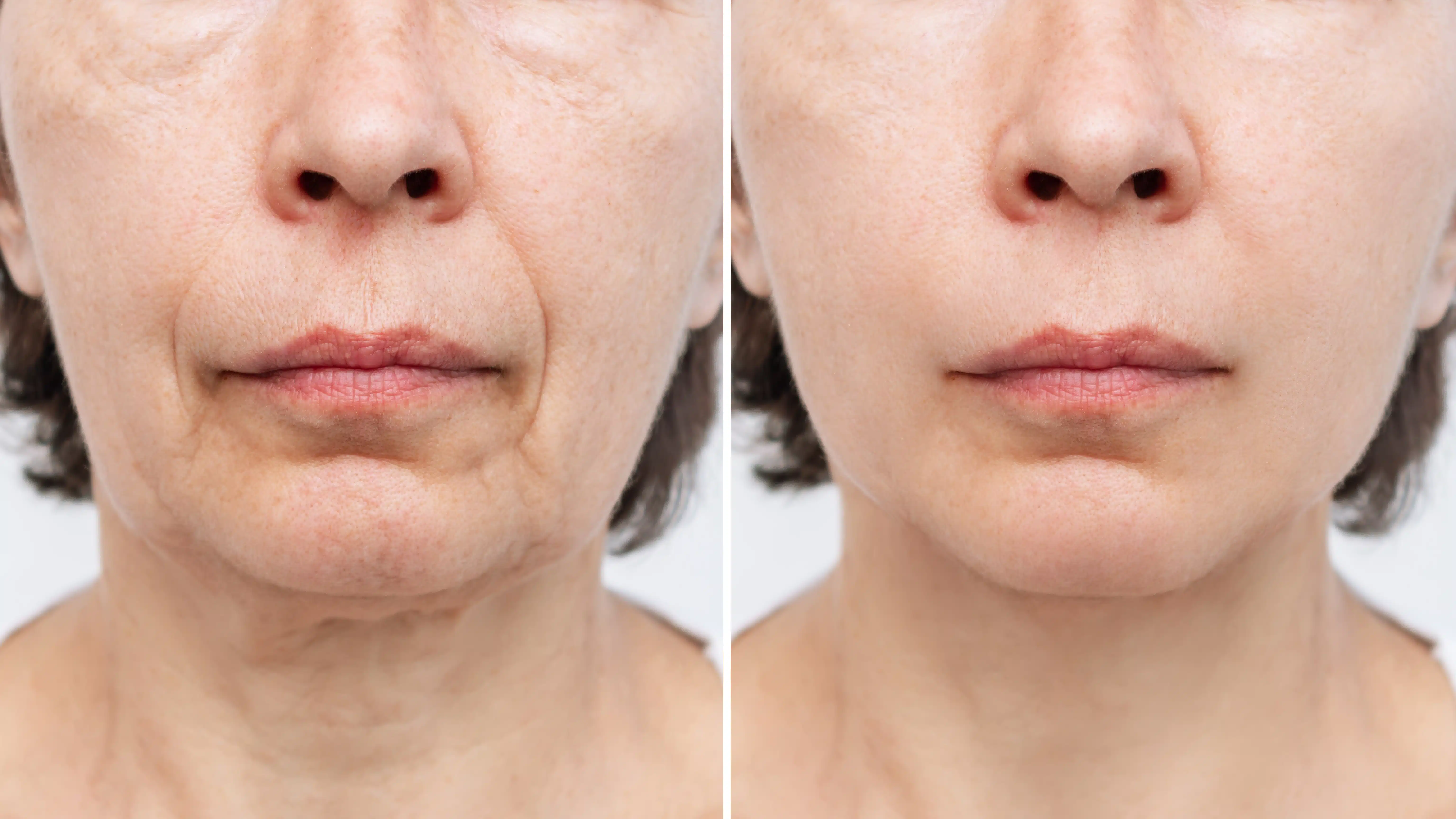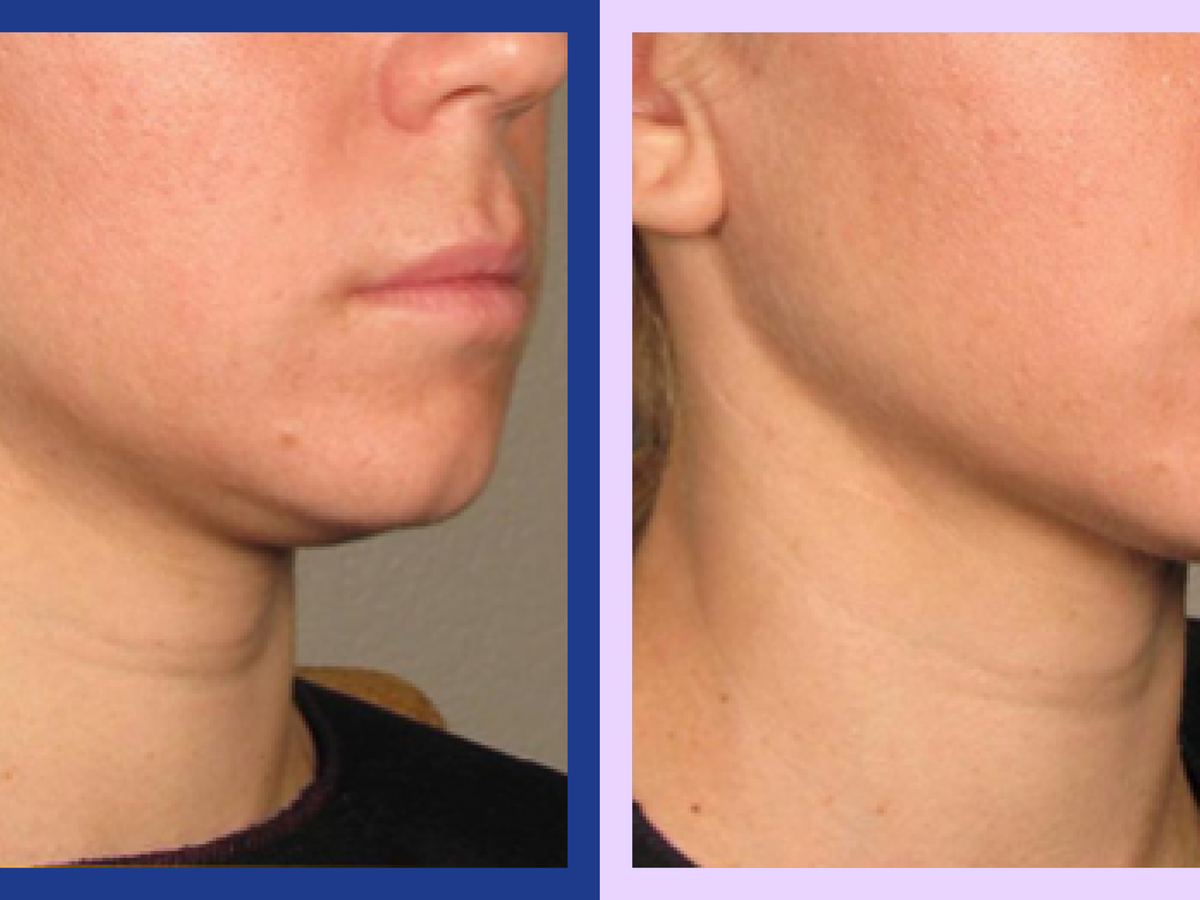RJ Clinic Ultherapy: Answers You’re Looking For
Why Ultherapy Might Be Medically Necessary: Checking Out the Reasons for a Non Surgical Lift
Ultherapy is obtaining interest as a feasible alternative for people facing skin laxity due to aging or certain clinical problems. This non-surgical therapy stimulates collagen production, supplying an option that prevents the recuperation time related to intrusive procedures. As individuals seek to enhance not just their appearance but also their overall skin health, recognizing the scenarios that necessitate Ultherapy's use becomes important. What elements contribute to its medical requirement?
Recognizing Ultherapy: What It Is and How It Works
Ultherapy, a non-invasive cosmetic procedure, utilizes ultrasound modern technology to stimulate collagen production and advertise skin firm. By delivering concentrated ultrasound power deep right into the skin, it targets the fundamental layers commonly addressed in medical renovations. This process encourages the body's all-natural recovery reaction, leading to progressive training and tightening up of the skin with time.

Therapy sessions generally last in between 30 to 90 minutes, depending on the dimension of the area being treated. While outcomes may not be immediately visible, excellent impacts typically show up within a couple of months as collagen proceeds to create. Ultherapy deals a compelling non-surgical option for individuals seeking skin restoration without the requirement for invasive treatments.
The Aging Refine: Results on Skin Flexibility and Collagen
Aging inevitably brings changes that decrease skin elasticity and collagen production, resulting in visible indications of drooping and creases. As people age, the skin's capacity to retain moisture decreases, resulting in a drier and less resilient surface. Collagen, a necessary healthy protein accountable for skin structure, additionally lessens, triggering the skin to shed its firmness and vibrant look. Factors such as sun exposure, ecological toxins, and way of living options additionally accelerate this decline in skin top quality.
This loss of flexibility and collagen produces a cascade of changes, including the development of dewlaps, growing nasolabial folds, and an overall sagging look. The skin's support group compromises, making it more at risk to the results of gravity. Lots of individuals look for interventions like Ultherapy to combat these aging impacts, aiming to recover a more vibrant, taut look without the requirement for intrusive medical procedures.
Clinical Conditions That May Advantage From Ultherapy
Ultherapy is progressively recognized for its prospective advantages in addressing various medical conditions. People experiencing skin laxity, those in post-surgical recovery, and clients with chronic skin problem might find this non-invasive treatment beneficial. By boosting collagen manufacturing, Ultherapy can enhance skin firmness and enhance general look for these groups.
Skin Laxity Concerns
Skin laxity can be a significant issue for individuals experiencing different clinical conditions that influence the integrity and elasticity of their skin. Conditions such as Ehlers-Danlos syndrome, which interrupts collagen production, can cause early skin aging and drooping. In addition, individuals with autoimmune conditions might experience skin changes that add to laxity. Hormone changes, specifically throughout menopause, likewise play a duty in lessening skin suppleness. Ultherapy, making use of ultrasound modern technology, targets the much deeper layers of skin, promoting collagen manufacturing and tightening up the influenced areas. This non-invasive treatment might offer a sensible remedy for those seeking to address skin laxity arising from these medical problems, improving both appearance and self-confidence without the demand for surgical treatment.
Post-Surgical Recovery Aid
Post-surgical healing can usually present obstacles, particularly for people experiencing skin laxity because of medical treatments. Ultherapy acts as a possible help in this scenario, making use of ultrasound innovation to promote collagen manufacturing and boost skin tightness without invasive procedures. Clients that have actually undertaken surgeries such as facelifts, liposuction surgery, or other body contouring treatments might discover that Ultherapy improves their recuperation by attending to uneven texture and laxity that can occur post-operation. This non-surgical method can bring about enhanced aesthetic end results, potentially minimizing the need for added medical treatments. It may aid minimize pain associated with the healing procedure, offering patients a much more all-encompassing healing experience. Subsequently, Ultherapy can be an important alternative in post-surgical care.
Persistent Skin Conditions
For people struggling with chronic skin problems such as acne scars, rosacea, or laxity as a result of aging, non-invasive therapies may supply considerable relief and improvement. Ultherapy has actually emerged as an encouraging choice, utilizing ultrasound modern technology to stimulate collagen manufacturing deep within the skin. This process can boost skin structure and flexibility, attending to issues like irregular skin tone and drooping. Particularly, those with rosacea might experience decreased soreness and inflammation, while individuals with acne scars can gain from boosted skin smoothness and general appearance. Significantly, Ultherapy provides a non-surgical option that lessens recuperation time and risks connected with intrusive procedures, making it an attractive selection for individuals seeking reliable monitoring of chronic skin disease.
Psychological Impact of Drooping Skin and Aesthetic Worries
The emotional toll of aging typically manifests in the kind of drooping skin, which can substantially impact an individual's self-esteem and overall emotional well-being. Many people associate youthful appearances with power and good looks, bring about sensations of inadequacy when faced with visible signs of aging. This perceived decrease in appeal can lead to social anxiety, withdrawal from social communications, and a boosted fixation with one's appearance.
People might really feel forced to look for visual therapies to battle these problems, as the need to maintain a vibrant look can end up being intertwined with individuality. The emotional impacts of sagging skin might also result in anxiety or a decreased quality of life. Subsequently, non-surgical choices like Ultherapy become prospective solutions, intending not only to invigorate the skin however additionally to bring back self-confidence and a positive self-image, inevitably resolving the much deeper emotional ramifications of aging.
Contrasting Ultherapy to Typical Surgical Options
When comparing Ultherapy to conventional medical alternatives, substantial differences emerge in both cost-effectiveness and recuperation time. Ultherapy offers a non-invasive technique that frequently leads to reduced expenses and very little downtime for people. On the other hand, surgical lifts commonly need even more economic investment and an extended healing period.
Cost-Effectiveness of Ultherapy

Although typical surgical lifts typically feature substantial upfront costs and extended recovery times, Ultherapy offers an engaging choice that can provide similar results at a fraction of the cost. The ordinary cost of a surgical facelift can vary from $7,000 to $15,000, while Ultherapy therapies generally drop in between $2,000 and $4,500, depending on the location treated and company competence. Furthermore, the absence of comprehensive pre-operative assessments and post-operative treatment connected with Ultherapy better adds to its cost-effectiveness. This technique not only reduces financial pressure yet additionally permits individuals to invest in various other elements of their health and wellness and well-being. This way, Ultherapy arises as an economically practical option for those seeking face rejuvenation without the concerns of typical surgery.
Recovery Time Comparison
Recovery time is a substantial element in the decision-making process for those considering cosmetic procedures. Ultherapy stands out as a non-surgical alternative that typically calls for marginal downtime. The majority of people can go back to their everyday activities almost right away, experiencing only light redness or swelling that normally solves within a few hours. In contrast, typical surgical choices, such as renovations, commonly necessitate a lengthy recovery duration. Individuals may face numerous weeks of swelling, bruising, and restricted task, with some returning to typical regimens taking up to three months. This plain distinction in recovery time makes Ultherapy an attractive option for people seeking effective results without the considerable aftercare related to surgical treatment, permitting for a smoother adjustment back to everyday Density RF Malaysia life.
The Long-Term Conveniences of Non-Invasive Treatments for Skin Health
As people progressively seek options to surgical procedures, the lasting benefits of non-invasive treatments for skin wellness end up being more obvious. Treatments such as Ultherapy, chemical peels, and laser therapy offer considerable advantages without the need for comprehensive recuperation times linked with surgery. Non surgical facelift Malaysia. Over time, these non-invasive choices can advertise collagen manufacturing, causing stronger skin and a much more younger look
Additionally, routine non-invasive treatments can enhance skin appearance, tone, and elasticity, boosting general skin health. Clients commonly experience fewer difficulties and adverse effects, making these procedures more appealing.
The collective effects of regular treatments can maintain and extend visual enhancements, enabling individuals to preserve their desired look with minimal downtime. By focusing on non-invasive methods, people can accomplish long-term results while prioritizing their health and health. Inevitably, the long-term benefits of such strategies highlight their growing appeal in contemporary skincare.
Frequently Asked Inquiries

The length of time Does an Ultherapy Session Usually Take?
An Ultherapy session normally lasts between 30 to 90 mins, relying on the treatment area. Elements such as the person's details requirements and the degree of the procedure can affect the general period.

Are There Any Negative Effects Associated With Ultherapy?
Ultherapy can bring about adverse effects such as short-lived redness, swelling, or tenderness in the cured area - Density RF Malaysia. While many individuals experience minimal discomfort, it is vital to consult a professional for customized suggestions and prospective reactions
Just How Quickly Can I See Results After Treatment?
Results from Ultherapy generally begin to appear within a couple of months post-treatment. The full results might proceed to establish over six months as collagen production increases, causing visible training and tightening of the skin.
Is Ultherapy Suitable for All Skin Types?
Ultherapy is usually appropriate for various skin kinds, consisting of lighter and darker tones. Nevertheless, individual skin problem and problems might affect its effectiveness, making consultations with a certified expert vital for tailored referrals.
Just How Commonly Should Ultherapy Treatments Be Repeated?
Ultherapy therapies are usually recommended every 6 to twelve month, depending upon individual skin problem and preferred outcomes. Routine assessments by a certified professional can help establish the most effective frequency for upkeep and efficiency.